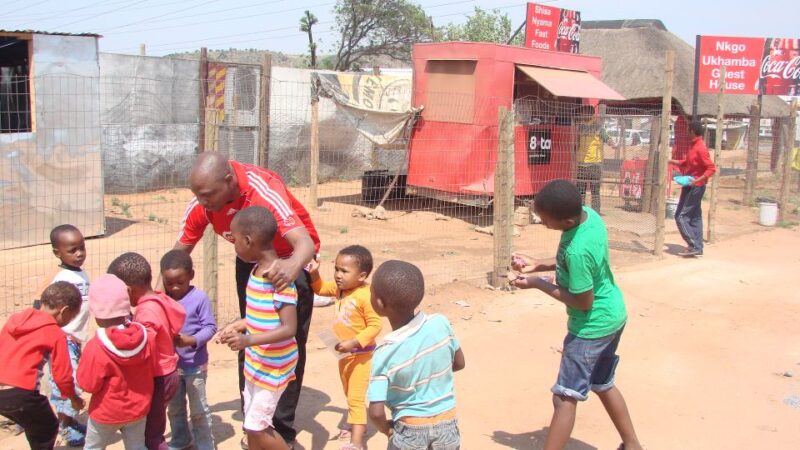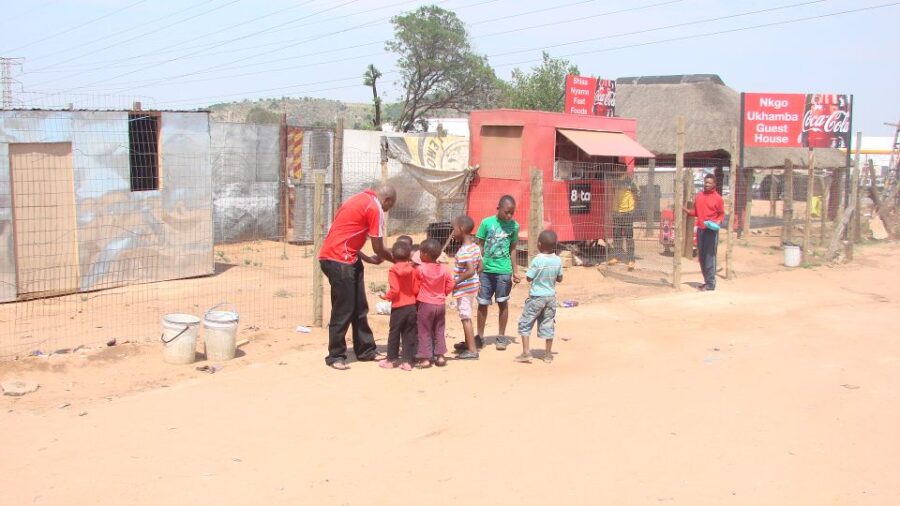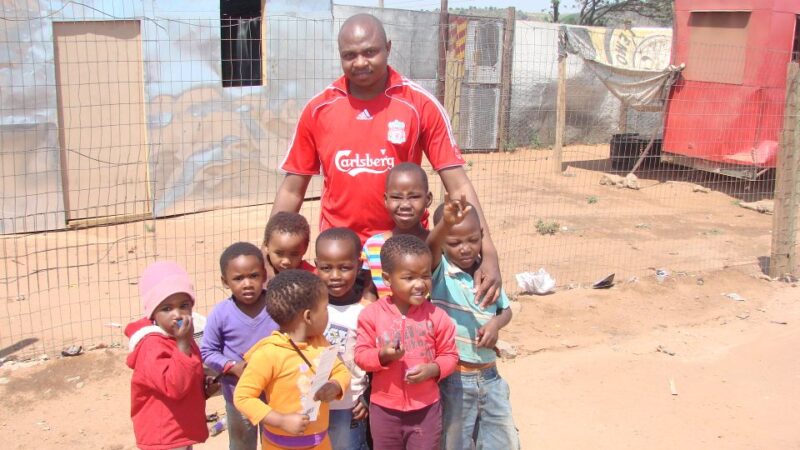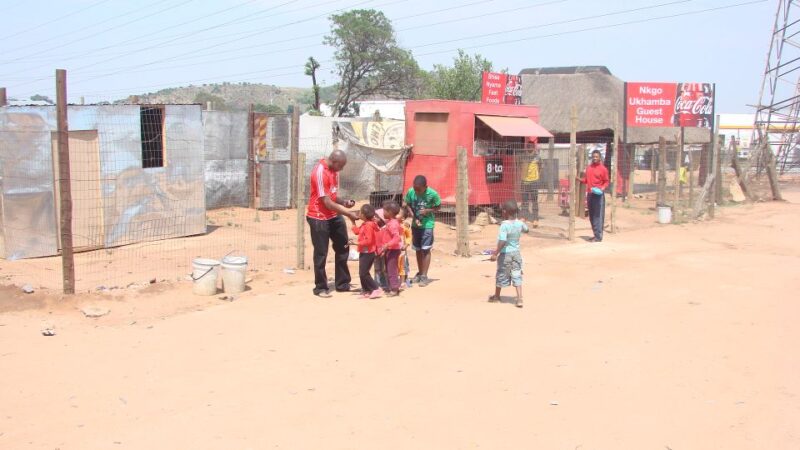Johannesburg’s dynamic past intertwines with its vibrant present, offering visitors a captivating exploration of the country’s complex history. From the panoramic vistas of Munro Drive Viewpoint to the stark realities within Soweto’s informal settlements, this tour provides an immersive experience that delves into the anti-apartheid struggle. Traversing the hallowed grounds of the Apartheid Museum and Nelson Mandela’s former residence, the journey uncovers the profound impact of this pivotal chapter, shedding light on the ongoing efforts to reconcile a nation’s turbulent past. Prepare to confront the contrasts that have shaped South Africa’s remarkable transformation.
Key Points

• The tour provides an immersive experience through Johannesburg, showcasing the diverse cultural tapestry and anti-apartheid struggle in the Soweto township.
• The tour explores key sites like the Munro Drive Viewpoint, Hillbrow neighborhood, African traditional medicine shop, and Soweto’s informal settlements and hostels.
• The Apartheid Museum offers a comprehensive and harrowing account of the apartheid system, using multimedia exhibits and personal testimonies to convey the injustices and human rights abuses.
• The Nelson Mandela House Museum celebrates the life and legacy of the global anti-apartheid icon, providing a powerful and emotional journey through a pivotal chapter in South African history.
• The tour and museum visits offer a deeper understanding of the apartheid’s impact and the struggle for freedom in South Africa.
Tour Overview

This 8-hour tour provides an immersive experience through the vibrant African city of Johannesburg, showcasing the diverse cultural tapestry and the hard-fought struggle against apartheid in the township of Soweto.
Guests will explore the Munro Drive Viewpoint, the densely populated Hillbrow neighborhood, and an African traditional medicine shop.
The tour delves into the contrasts between the poverty of informal settlements and the affluence of upscale suburbs, offering a warm and insightful encounter with Soweto and its resilient people.
Key highlights include visits to the Hector Pietersen Memorial, Bishop Tutu’s house, and the Nelson Mandela House Museum on Vilakazi Street.
Ready for more culture? More museums we feature in Johannesburg
Locations Visited

The tour takes guests to the Munro Drive Viewpoint, offering panoramic vistas of the lush surroundings.
Next, it ventures into the densely populated Hillbrow neighborhood, known as the most populated area in Johannesburg per square meter. Visitors then explore an African traditional medicine shop, gaining insights into the rich cultural heritage of the region.
The tour continues to the Diepkloof suburb in Soweto, where guests witness the contrast between an informal settlement shack and the nearby hostel. They also visit the Baragwanath hospital, the Orlando towers, Bishop Tutu’s house, and the Vilakazi Street, which includes the Nelson Mandela House Museum.
The tour culminates at the Hector Pietersen memorial, a poignant reminder of the Soweto Uprising.
Highlights

From the diverse neighborhoods visited, the tour offers a range of highlights showcasing the vibrant African city. Panoramic views from the Munro Drive Viewpoint provide a scenic start, contrasting sharply with the densely populated Hillbrow area.
Visitors can then enjoy the rich cultural heritage by exploring an African traditional medicine shop. Further on, the juxtaposition of the informal settlement shack and the nearby hostel in Soweto’s Diepkloof suburb underscores the socioeconomic divides that defined the apartheid era.
The tour also includes:
- A visit to the iconic Baragwanath hospital
- An up-close experience of the Orlando towers
- A stop at Bishop Tutu’s house
- A tour of the Nelson Mandela House Museum on Vilakazi Street
- The poignant Hector Pietersen memorial.
Inclusions
The tour includes hotel pickup and drop-off, as well as entrance fees to the Apartheid Museum and Nelson Mandela House Museum. Lunch, however, is at the guest’s own expense. Gratuities for the guide are also not included, though a 15-20% tip is recommended. The tour is not suitable for babies under 1 year, but it is wheelchair accessible and available in both English and French.
| Inclusions | Exclusions |
|---|---|
| Hotel pickup and drop-off | Gratuities for guide |
| Entrance to Apartheid Museum | Lunch |
| Entrance to Nelson Mandela House Museum | Not suitable for babies under 1 year |
Other Details
Typically, gratuities aren’t included in the tour price, though a 15-20% tip for the guide is recommended.
The tour is also not suitable for babies under 1 year, but it’s wheelchair accessible and available in both English and French.
Guests can expect the following additional details:
- Panoramic views from Munro Drive Viewpoint overlooking the lush surroundings
- Dramatic contrast between the poverty of informal settlements and the affluence of upper-class suburbs
- Warm interactions with the friendly people of Soweto
- Entrance fees to both the Apartheid Museum and Nelson Mandela House Museum
Lunch not included, allowing guests to explore local dining options at their own expense.
Munro Drive Viewpoint
One of the highlights of the tour is the panoramic views visitors can enjoy from the Munro Drive Viewpoint, which overlooks the lush surroundings of Johannesburg.
From this elevated vantage point, guests are treated to a breathtaking vista of the city’s diverse landscape. The viewpoint provides a stunning overview of the contrasting neighborhoods, from the affluent suburbs to the bustling urban centers.
As visitors gaze out over the cityscape, they’re given a unique opportunity to appreciate the scale and complexity of Johannesburg. This scenic lookout offers a captivating introduction to the tour, setting the stage for the exploration of Soweto and the Apartheid Museum that follows.
Informal Settlement and Hostel
Visiting the informal settlement and hostel provides a sobering glimpse into the daily lives of Soweto’s less privileged residents, underscoring the stark disparities that characterized apartheid-era South Africa.
Guests witness first-hand the cramped and rudimentary living conditions of the shack dwellings, a stark contrast to the more affluent neighborhoods explored earlier in the tour.
The tour highlights:
- Cramped, makeshift structures with limited access to basic amenities like running water and electricity
- Communal outdoor cooking areas and shared bathroom facilities
- Narrow, unpaved walkways between the densely packed shacks
- A vibrant, close-knit community spirit despite the challenging living conditions
The persistent legacy of apartheid policies that forced the relocation of Black South Africans.
Apartheid Museum and Nelson Mandela House
After witnessing the harsh realities of apartheid-era living conditions in Soweto’s informal settlement and hostel, the tour moves on to explore two poignant symbols of South Africa’s struggle for freedom – the Apartheid Museum and the Nelson Mandela House.
The Apartheid Museum provides a comprehensive and harrowing account of the apartheid system, using multimedia exhibits and personal testimonies to convey the injustices and human rights abuses of that era.
Visitors can then visit the modest home where Nelson Mandela lived before his arrest, now a museum celebrating his life and legacy as a global icon of the anti-apartheid movement.
These sites offer a powerful and emotional journey through a pivotal chapter in South Africa’s history.
Frequently Asked Questions
What Is the History of the Baragwanath Hospital?
Baragwanath Hospital is a large public hospital located in Soweto, Johannesburg. It was founded in 1942 to serve the black population during apartheid, and today it remains one of the largest hospitals in Africa, providing essential healthcare to the local community.
How Does the Diepkloof Suburb Differ From Other Areas of Soweto?
The Diepkloof suburb in Soweto differs from other areas as it’s a more affluent, middle-class neighborhood compared to the informal settlements and lower-income areas. It showcases a mix of modern and traditional homes and businesses.
What Are the Traditional African Medicines Sold in the Shops?
The traditional African medicine shops in Soweto offer a wide variety of herbs, roots, and animal parts used for medicinal and spiritual purposes. These include treatments for a range of ailments, from physical to psychological.
What Is the Significance of the Orlando Towers in Soweto’s History?
The Orlando Towers are significant landmarks in Soweto’s history, as they were once part of the Orlando Power Station, a symbol of the apartheid regime’s control over the region’s resources and infrastructure.
How Does the Tour Address the Legacy of Nelson Mandela in Johannesburg?
The tour highlights Nelson Mandela’s legacy by visiting his former home on Vilakazi Street and the Hector Pietersen Memorial, commemorating his role in the anti-apartheid struggle. This provides an immersive experience of Mandela’s enduring impact on Johannesburg.
Recap
The tour offers a comprehensive exploration of Johannesburg’s diverse culture and the anti-apartheid struggle.
Visitors will be immersed in the contrasting landscapes, from the panoramic vistas to the informal settlement.
The Apartheid Museum and Nelson Mandela House Museum provide a powerful and emotional journey through the pivotal chapter of apartheid, offering a deeper understanding of its impact and the ongoing struggle for freedom in South Africa.
You can check if your dates are available here:More Museum Experiences in Johannesburg
More Tour Reviews in Johannesburg
Not for you? Here's more things to do in Johannesburg we have recnetly reviewed
- 12 Best 2 Day Tours In Johannesburg
- 20 Best 3 Day Tours In Johannesburg
- 20 Best 4 Day Tours In Johannesburg
- 7 Best Dining Experiences In Johannesburg
- 20 Best Full-Day Tours In Johannesburg
- 7 Best Dinner Tours In Johannesburg
- 22 Best Lunch Experiences In Johannesburg
- 7 Best Food Tours In Johannesburg
- Hassle-Free Airport Shuttle: OR Tambo to Sandton Morningside
- Johannesburg (Sunset & Dinning & Rooftop) Hopping Experience
- Drakensberg Mountains. Tugela Gorge and Amphitheater Hike
- Overnight Hike Sentinal Peak and Tugela Falls
